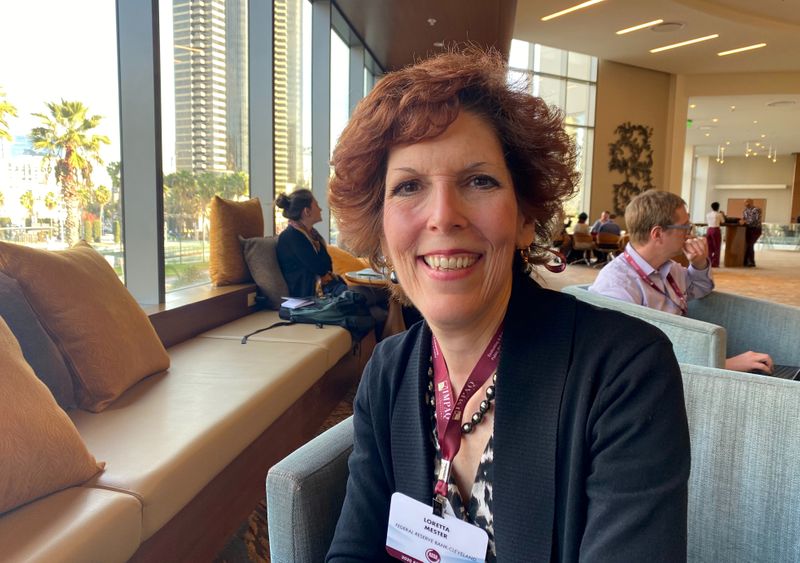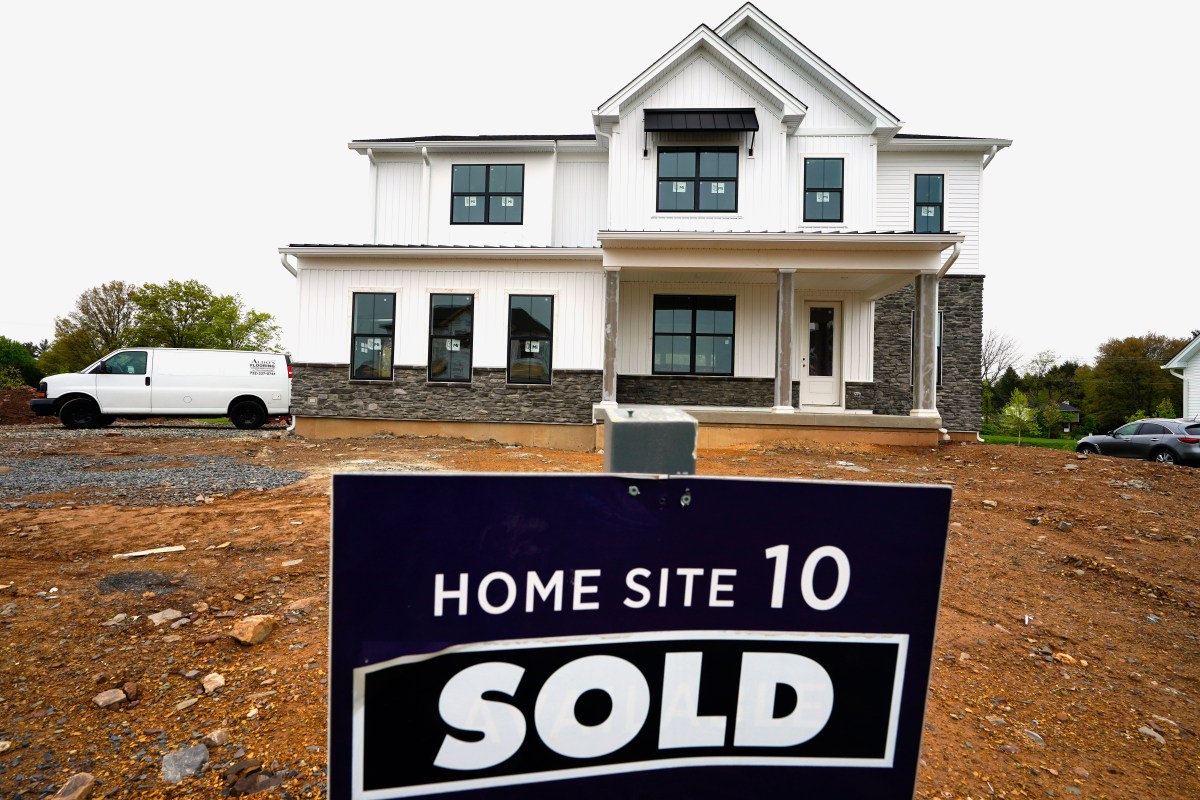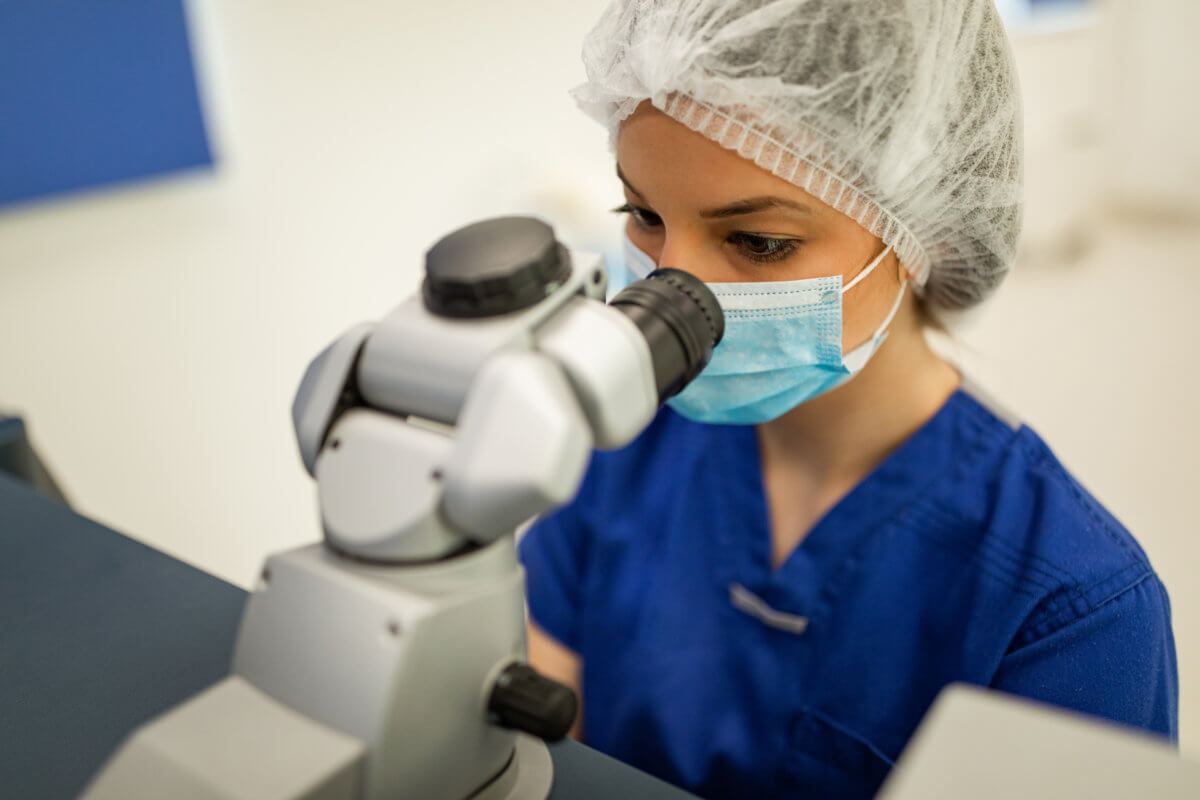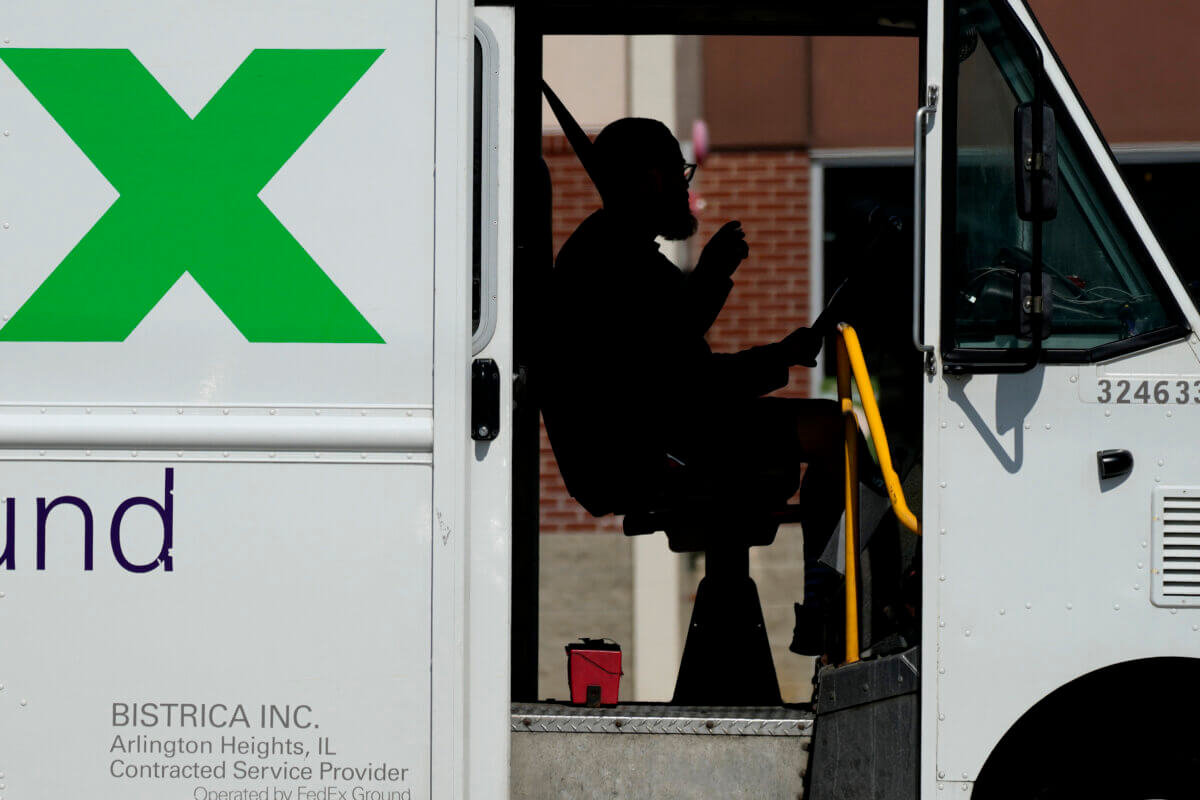(Reuters) – The U.S. labor market is recovering more slowly and it could take two to three years for the unemployment rate to return to levels seen in February as companies adjust to smaller staffs and workers retrain for new careers, Cleveland Federal Reserve Bank President Loretta Mester said Friday.
Low-income workers, Black workers and Hispanic workers, as well as those with lower levels of education, bore the brunt of pandemic-related job losses and could face longer spells of unemployment, Mester said during an interview with Reuters.
“The next phase of the recovery … is going to be the hardest part of the recovery,” Mester said, where longer-term issues will need to be addressed as the economy heals.
The U.S. labor market added fewer jobs than expected in September and more than 300,000 Americans lost their jobs permanently, according to data released by the Labor Department Friday. Payrolls are still down nearly 11 million jobs when compared to pre-pandemic levels.
Employment is rebounding slowly for service sector jobs, including those in leisure and hospitality, Mester said. Some people who worked in those hard-hit industries may need more time to find new jobs or train for new careers, she said.
In contrast, some sectors that benefit from low interest rates, including the housing market and auto sales, are seeing a sharp rebound, she said. So are parts of the transportation industry, she said.
“It’s almost like there’s two economies going on,” Mester said. “It’s very much sector by sector.”
GROWTH AT RISK
The Fed official said the U.S. economy has so far been supported by help from fiscal stimulus, but growth could slow as much of that aid expires. “That poses a significant risk to the outlook, if we don’t have that support in place,” Mester said.
For instance, one of the takeaways from the last financial crisis is that the economy can recover more slowly if state and local governments are not supported, she said. “Fiscal support for them, as well as for individuals and for small businesses, is needed to make sure that the recovery can continue on,” Mester said.
The Fed revealed a new framework in August that puts more emphasis on addressing shortfalls in employment and allows for modestly higher inflation so that the Fed can reach its 2% target on average.
Mester said that monetary policy is “well calibrated” now. Determining whether inflation is at risk of getting too high will depend on what else is happening in the economy. She said she will look at whether inflation is “accelerating” or hovering around a certain level.
Asked about whether the news that President Donald Trump tested positive for coronavirus could require more reassurance from the Fed about its efforts to support the economy and financial markets, Mester said the central bank is always working to ensure smooth market functioning. She referenced the Fed’s rapid response earlier this year, when it increased asset purchases and rolled out a suite of emergency lending facilities in response to market volatility.
“My sympathies go to anyone who either has had the virus, has the virus, has a loved one with the virus, because it can be a very dangerous thing,” Mester said. “That said … the Fed is always doing what we can to ensure that financial markets continue to function.”
(Reporting by Jonnelle Marte; Editing by Andrea Ricci)



















